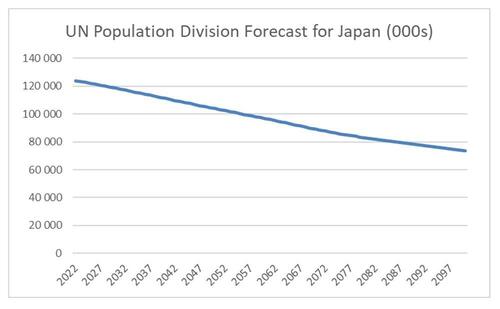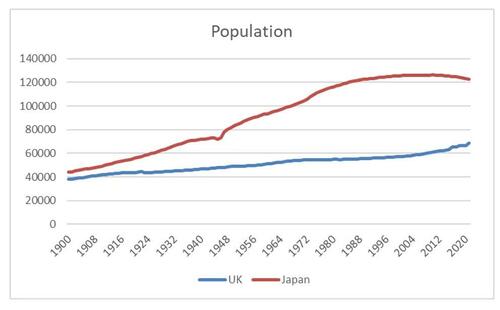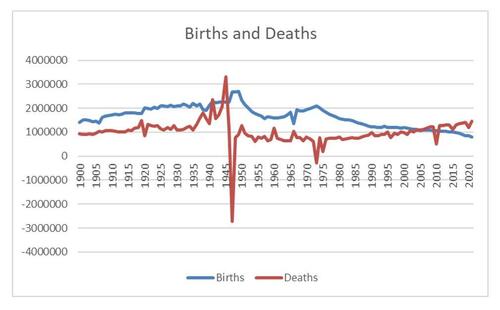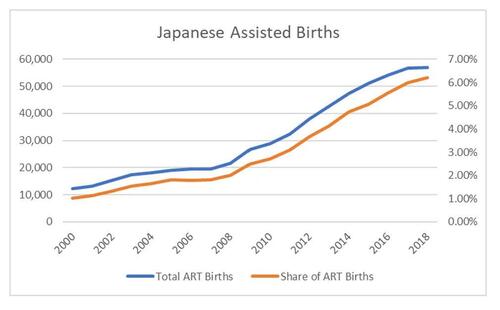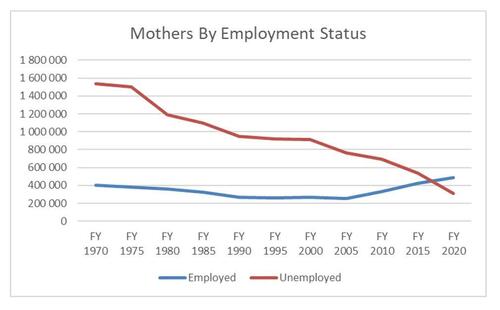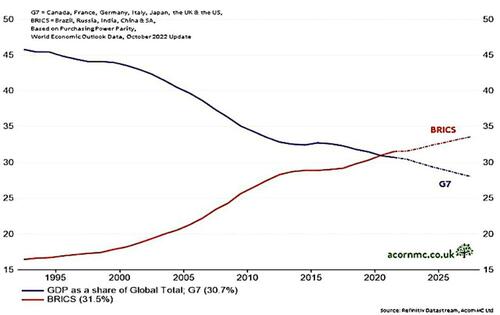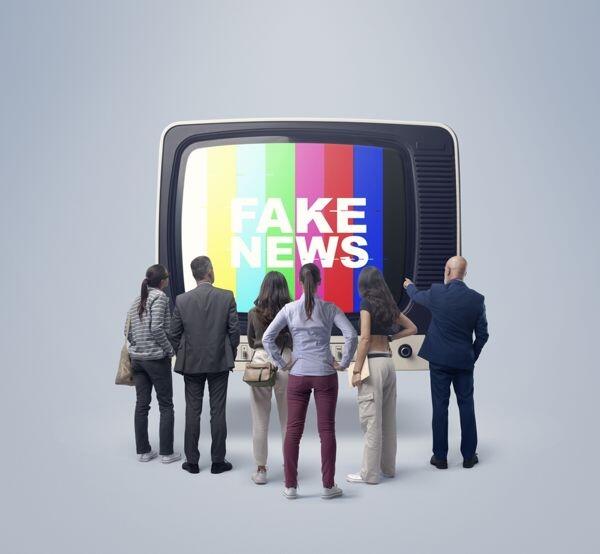What will the ides of March bring us?
Another more pointed question is: Is the current financial crash managed?
The Central Bankers are not imbeciles. They understand better than anybody that raising interest rates will devastate the banks so the extinction of smaller banks has to be part of their plan.
But they are not all powerful either. The current high level meetings between Xi Jinping and Putin are not about Ukraine. They know perfectly well that any plan favorable to Russia will be shot down by the US faster than a skud missile. But building up a viable exchange mechanism between Russia, China and the rest of the world may be a valid reason for the Chinese leader to jump on a plane accompanied by hundreds of civil servants and business men in short order. Likewise, it is very unlikely that so many African heads of state decided to visit Moscow to enjoy an early March Spring.
Clearly time is running short. Covid bought a couple of years under the pretense of reflating the economy to counter the terrible effects of the lock-downs. But no virus of UFO will save the financial system this time. We are not talking about a few trillions dollars or Euros here and there as for Covid but a concerted effort including guaranties of 20, maybe 50 trillion dollars. In other words, a full takeover of the financial system based on CBDC. Nothing less!
Authored by Daisy Luther via The Organic Prepper blog,
There’s
absolutely no doubt that our financial system is in flux right now.
We’re watching a storm approach, and it’s about to envelop the entire
nation in chaotic conditions. If you think things are crazy now, just
hang on to your halo…it’s about to get a whole lot worse.
Remember
how we talked about CBDCs a few weeks ago, and lots of people in the
comments said never, no way, and heck no? Well, unfortunately, it’s
being rolled out and soon.
Of course, they’re not calling it CBDCs. Not yet.
It’s under another name, and it’s not quite a federal digital currency. I’m sure this, too, will be called a conspiracy theory,
but the Federal Reserve is launching FedNow, an instant digital payment
system. This in itself is not a Central Bank Digital Currency, but it
puts into place the framework needed to make the idea a reality.
FedNow will be launched in July, according to a press release from the Federal Reserve.
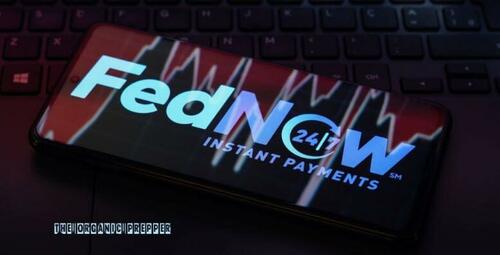
What is FedNow?
On March 15th, in the midst of the banking collapses, the Federal Reserve issued a press release detailing
a new instant payment system that will be launched in July. That system
is called FedNow. Here’s what they said about it.
The
first week of April, the Federal Reserve will begin the formal
certification of participants for launch of the service. Early adopters
will complete a customer testing and certification program, informed by
feedback from the FedNow Pilot Program, to prepare for sending live
transactions through the system.
Certification encompasses a
comprehensive testing curriculum with defined expectations for
operational readiness and network experience. In June, the Federal
Reserve and certified participants will conduct production validation
activities to confirm readiness for the July launch.
“We couldn’t
be more excited about the forthcoming FedNow launch, which will enable
every participating financial institution, the smallest to the largest
and from all corners of the country, to offer a modern instant payment
solution,” said Ken Montgomery, first vice president of the Federal
Reserve Bank of Boston and FedNow program executive. “With the launch
drawing near, we urge financial institutions and their industry partners
to move full steam ahead with preparations to join the FedNow Service.”
Many
early adopters have declared their intent to begin using the service in
July, including a diverse mix of financial institutions of all sizes,
the largest processors, and the U.S. Treasury.
This
has all the hallmarks of a government strategy. First, they offer it as a
“convenience” or a “safety measure.” Lots of people will jump on board
in order to take advantage of this.
Of course, we’ve heard this song before.
Next,
it will be pushed harder, and those who don’t adopt it will be mocked,
thought of as backward, and treated with suspicion. After that, it’ll be
darn near impossible to do anything without it. Sound familiar?
The
Federal Reserve Banks are developing the FedNow Service to facilitate
nationwide reach of instant payment services by financial institutions —
regardless of size or geographic location — around the clock, every day
of the year. Through financial institutions participating in the FedNow
Service, businesses and individuals will be able to send and receive
instant payments at any time of day, and recipients will have full
access to funds immediately, giving them greater flexibility to manage
their money and make time-sensitive payments. Access will be provided
through the Federal Reserve’s FedLine® network, which serves more than
10,000 financial institutions directly or through their agents.
You can find more of the Fed’s sales pitch at FedNowExplorer.org.
This is NOT the digital dollar…yet.
So
let me be perfectly clear. This, in itself, is not the implementation
of CBDCs. Instead, it’s the payment network needed to implement CBDCs.
An infrastructure, in a manner of speaking.
There’s a clear
benefit to the system that will make people want to participate,
especially those who do business online or who transfer large amounts of
money. Who wouldn’t want the proceeds from the sale of their home to be
instantly available?
This is just the system that allows payments
to be made via a federal government network using existing banks.
FedNow could quickly lead to FedCoin and it wouldn’t take much effort at
all.
There is a precedent for federal payment networks turning into federal digital currency.
Just last week, Marie wrote about the
digital identity service that is funded by the US and is being used in
Ukraine. It’s a mechanism of digital control, plain and simple, being
portrayed as something to make the lives of Ukrainians easier.
But
that’s not the only digital program out there we need to be concerned
about as a precedent. A writer for the website BeinCrypto reported several other incidences that could show us our future:
According to global data,
the instant payments ecosystem was valued at $100 trillion in 2021. And
Asian countries like India and China are leading the sector, with the
U.S. slightly late to join the club.
India employs a payment infrastructure based on the Immediate Payment Service (IMPS) and Unified Payment Interface (UPI)
to offer instant payment services to customers and merchants. Global
data show India is the most active market, with transaction volume
hitting $39.8 billion in 2021. With that, India has expanded its e-rupee
pilot as part of its CBDC trials.
China, which ranks second in
that category, has widely used Alipay and WeChat for instant mobile
payments. The nation has also pushed to adopt a digital yuan as its centrally-backed digital currency.
So, to be clear…they instituted instant payment services, then a federal digital currency followed shortly thereafter.
Infrastructure.
Introduction.
It’s a pattern.
Here’s what The Department of the Treasury says about CBDCs.
The
Department of the Treasury has a “CBDC Working Group” exploring the
feasibility of the project. It is coming. And they’re being completely
open about it. Here’s some information from the Dept. of Treasury website:
CBDC
is one of several options for upgrading the legacy capabilities of
central bank money. Another is real time payment systems: The Federal
Reserve has indicated that it expects to launch the FedNow Service this
year, which will be designed to allow for near-instantaneous retail
payments on a 24x7x365 basis, using an existing form of central bank
money (i.e., central bank reserves) as an interbank settlement asset.
In contrast, a CBDC would involve both a new form of central bank money
and, potentially, a new set of payment rails. Both real time payment
systems and CBDCs present opportunities to build a more efficient,
competitive, and inclusive U.S. payment system.
In the United
States, policymakers are continuing to deliberate about whether to have a
CBDC, and if so, what form it would take. The Fed has also emphasized
that it would only issue a CBDC with the support of the executive branch
and Congress, and more broadly the public.[3] Even
as policy deliberations continue, the Fed is conducting technology
research and experimentation to inform design choices so that it is
positioned to issue a CBDC if it were determined to be in the national
interest.
The entire article bears reading. You will have no further doubt this is the plan when you do.
They also mentioned that this will help us to do business with other countries that have CBDCs.
…jurisdictions
around the world are exploring CBDCs. According to the Atlantic
Council’s tracker, 114 countries, representing over 95 percent of global
GDP, are exploring CBDC. 11 countries have fully launched CBDCs, while
central banks in other major jurisdictions are researching and
experimenting with CBDCs, with some at a fairly advanced stage. The
Bank of England (BOE) and HM Treasury (HMT) recently published a
consultation paper assessing the case for a retail CBDC and outlining a
proposed technological model.[12]
BOE and HMT now are entering the design phase of their work, estimated
to take two to three years, after which the BOE and the UK government
will decide whether to build a “digital pound.” In addition, there are
multiple cross-border CBDC pilots, which involve central banks,
international organizations such as the Bank for International
Settlements, and private financial institutions.
Global currency, anyone?
Here’s what has to happen to make this widely accepted.
The
banking crisis of the past few weeks feels like part of the plan to me.
While I know we had many poor economic decisions that have led us to
this point, pulling the plug now seems rather timely.
To make CBDCs widely accepted and even welcome, a few things have to happen first.
1.) Cryptocurrency has to fail. Several
of the banks involved in this crisis have been highly invested in
crypto. Silvergate, which hasn’t been mentioned as much, advertises itself as having “industry-leading banking and payments solutions for innovative digital currency and fintech companies.” The banking crisis is devastating cryptocurrency, which is one of the most anonymous and regulation-free payment methods in the modern world. Anything outside of government control has to go. This video talks more about “killing crypto.”
2.) Inflation has to continue. Keeping
the “value” of digital dollars stable would be a way to “fight
inflation.” Do you want to buy a box of mac and cheese for $3 cash? Or
would you rather pay 1 FedCoin instead? Making a FedCoin an option that
“fights inflation” would get a lot of people to adopt it voluntarily.
3.) People have to be desperate. If
your bank account was suddenly emptied and you had nothing left – no
retirement fund, no savings, no checking, nothing – what would you agree
to in order to restore it all? What if you were offered a bailout but
it was in the form of a different kind of dollar – a CBDC to replace the
dollars you lost, but that you can only use digitally? I’d say yes, and
I think that most of us would. We’ve got bills to pay, we owe on our
mortgages and our taxes, we need groceries, our kids have tuition
due…hell, yes, we’d nearly all say “yes” no matter how grudgingly.
If
those three things happen, we’re in a perfect position for CBDCs to be
forced upon us. It could very likely turn into our only legal tender, as
I’ve written before.
Steve Forbes shares his rather terrifying
thoughts on the potential abuses in a country based on CBDCs, calling it
a “formula for tyranny.”
And if it’s our only legal tender, we’re looking at a cashless society and all the controls that such a thing allows. I wrote about it here.
It would affect nearly every facet of our everyday lives, and every
dime we spend would be subject to surveillance. The potential for abuse
of power and lack of privacy is breathtaking. The government would
literally hold a monopoly on money and financial transactions.

